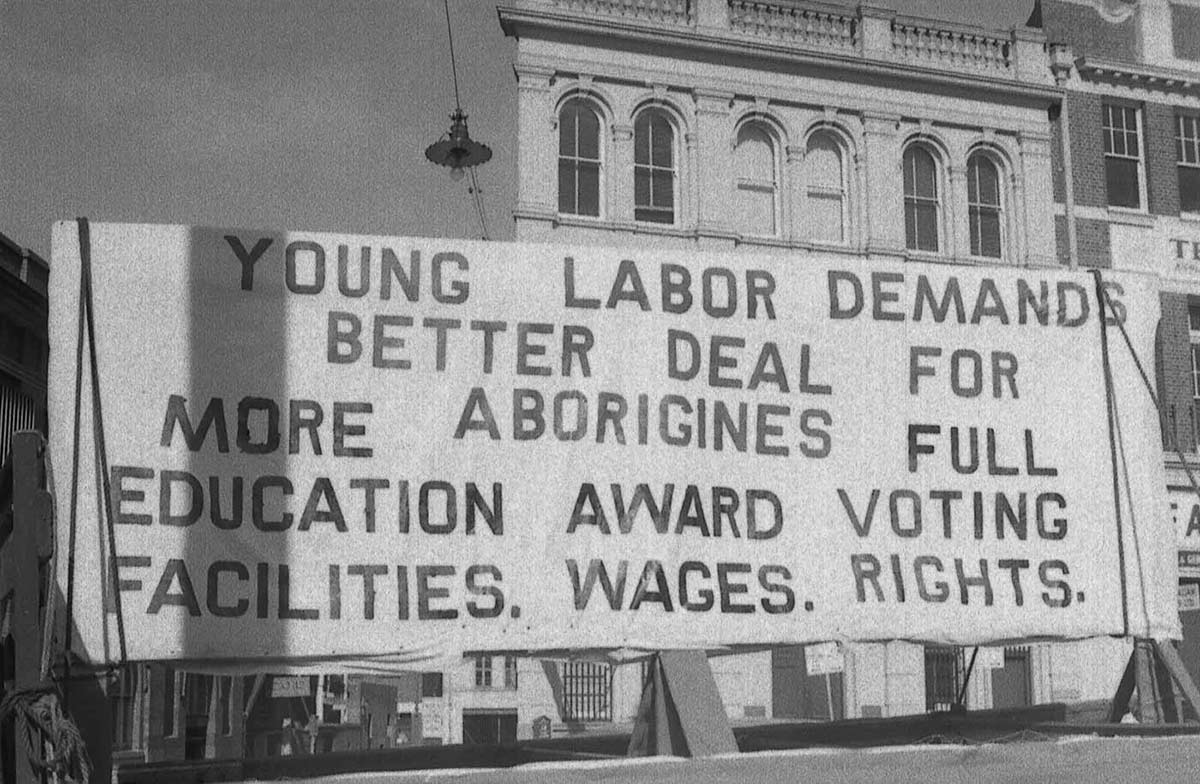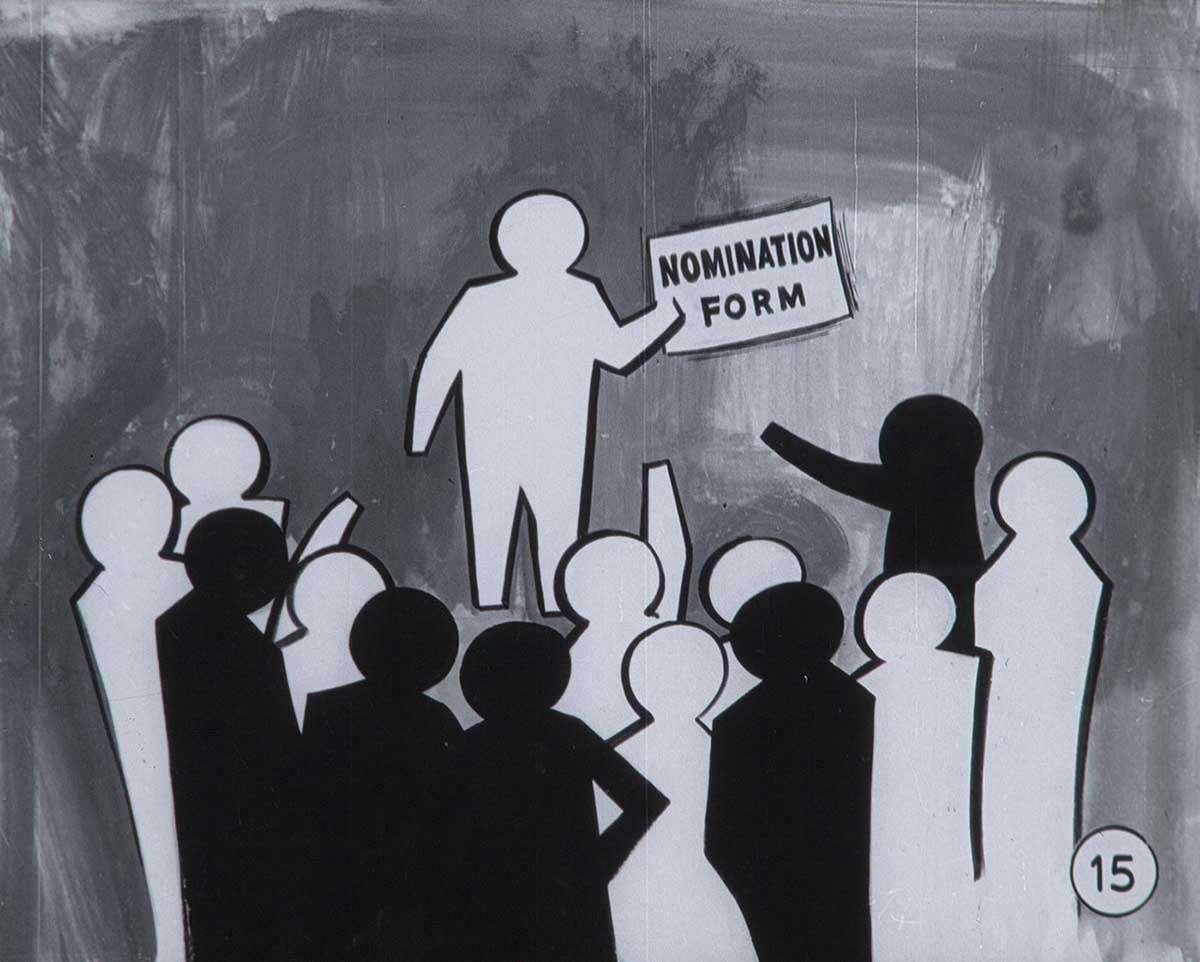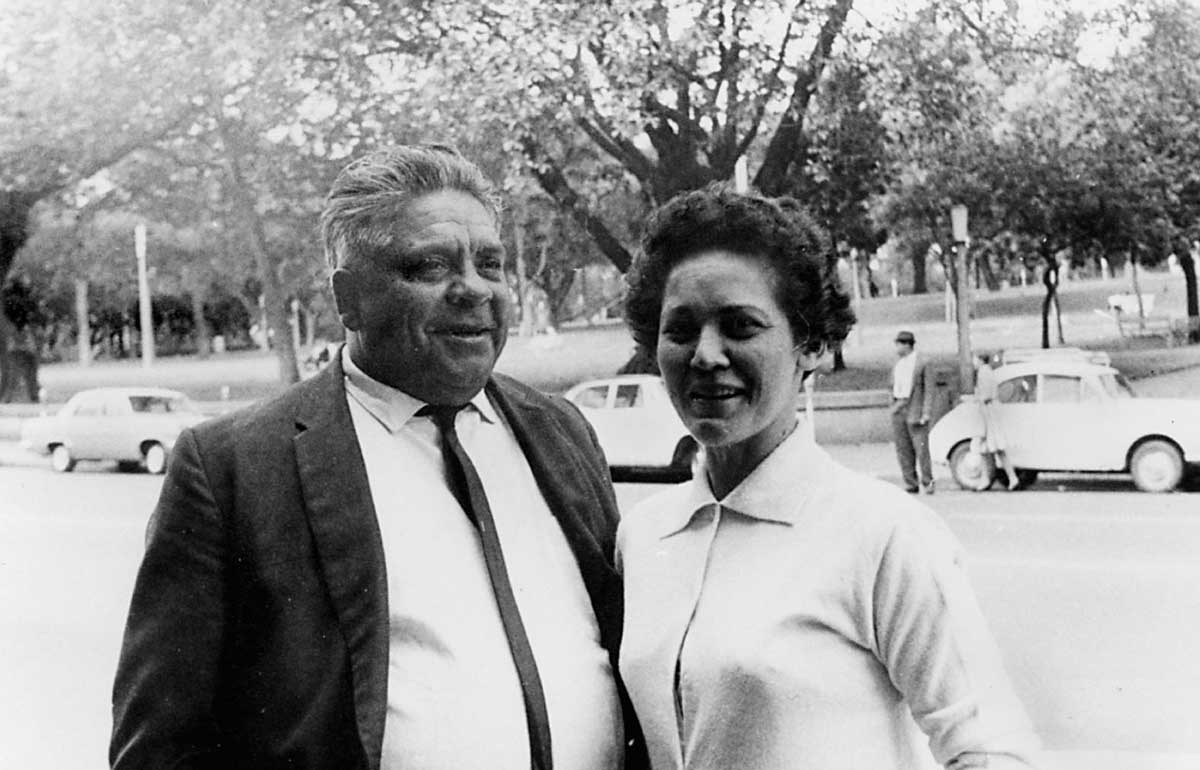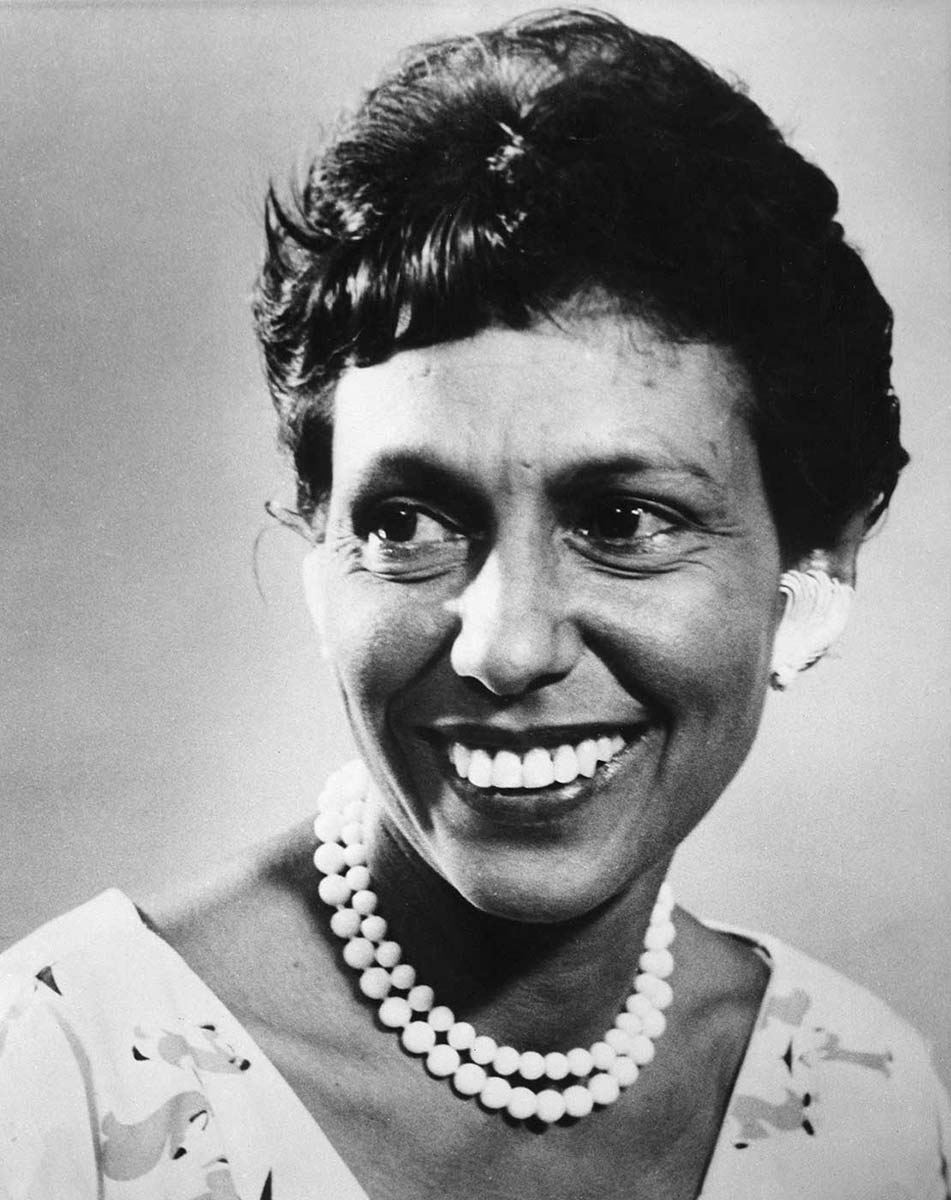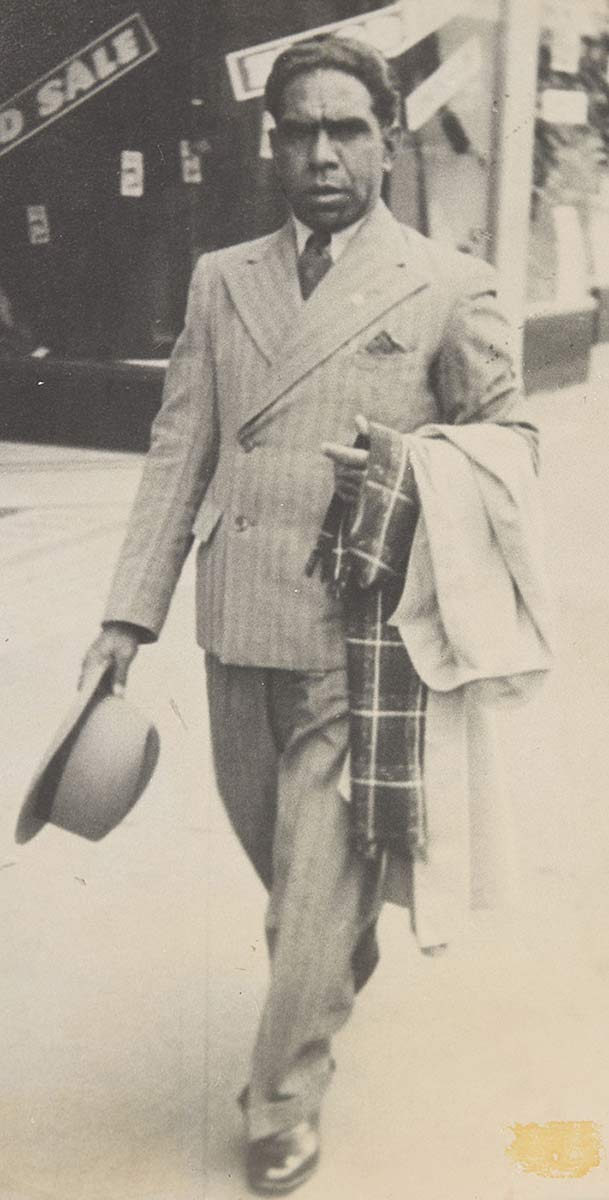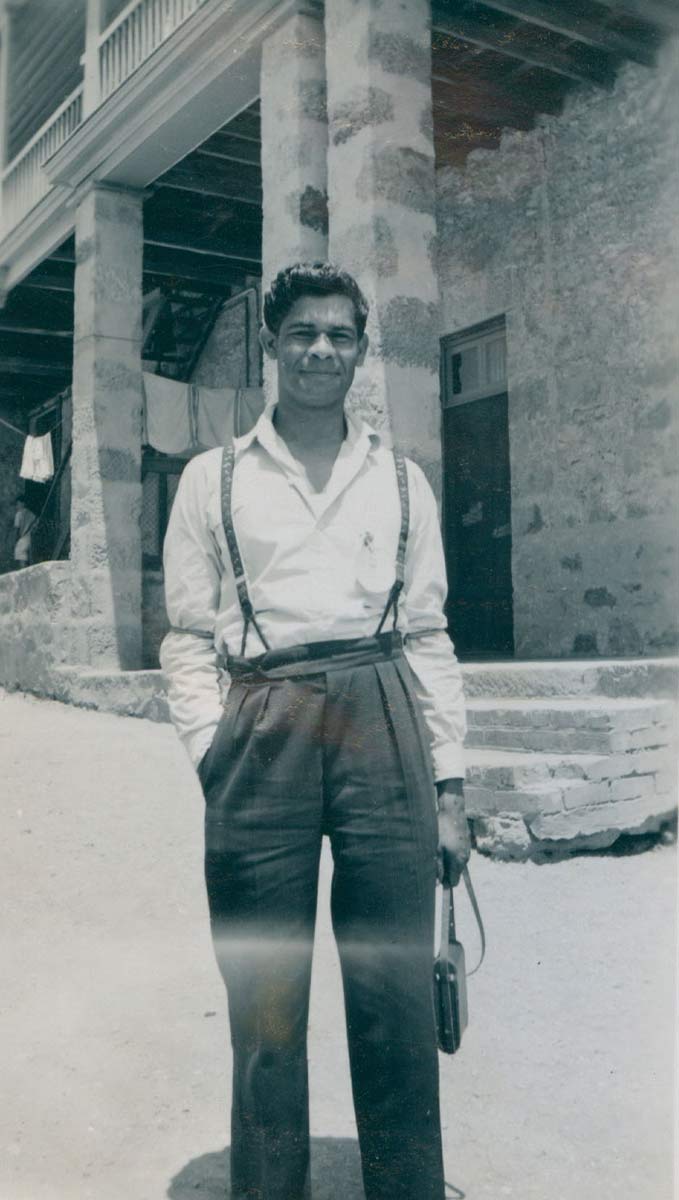From the first federal electoral Act in 1902 to 1965, when the last state changed its law, tens of thousands of Aboriginal and Torres Strait Islander people were subject to regulations which prohibited them from voting at federal and state elections.
It wasn’t until 1984 that First Nations people were finally treated like other voters and required to enrol and vote at elections.
Report from the Select Committee on Voting Rights of Aborigines, 1961:
Your Committee, while limited by its terms of reference to the franchise, recognizes that franchise alone is not enough. It hopes that the exercise of the franchise by aboriginal people will lead to policies which meet their needs.
First federal electoral Act
In the 1850s under the constitutions of Victoria, New South Wales and South Australia, First Nations men had the same right to vote as other male British subjects aged over 21. However it wasn't until 1896 that Tasmania granted them franchise.
In 1895 South Australia became the first electorate in the world to give equal political rights to both women and men. First Nations women shared these rights.
However, laws specifically intended to deny the vote to Aboriginal and Torres Strait Islander people were enacted by Queensland (1885), Western Australia (1893) and the Northern Territory (1922).
The first federal electoral Act, the Commonwealth Franchise Act 1902, granted men and women of all states the right to vote. First Nations men and women were excluded from this right unless they already had the right to vote before 1901.
Military service prompts minor reform
There was little momentum in the broader community for a change to First Nations voting rights until after the Second World War. The injustice of permitting an Aboriginal or Torres Strait Islander man to fight – and possibly die – for his country, but not to vote, was clear to many.
In March 1949 Prime Minister Ben Chifley introduced an amendment to the Commonwealth Electoral Act 1918. This extended the right to vote in federal elections to any Indigenous person who had been a member of the defence forces.
However, the situation remained unchanged for First Nations people in Queensland, Western Australia and the Northern Territory.
‘Dog-collar’ regulations
In Queensland Aboriginal people had been disqualified from voting in state elections since the late 19th century. In 1930 the voting bar was extended to include Torres Strait Islander people.
In 1957 the Northern Territory Welfare Ordinance declared almost all Aboriginal people to be ‘wards of the state’, thereby excluding them from voting. The very few who were not wards, such as the artist Albert Namatjira, were ‘granted citizenship’.
Western Australia introduced citizenship for Aboriginal people under the Natives (Citizenship Rights) Act 1944 if they met certain conditions that applied only to Aboriginal people. These included not suffering from certain medical conditions, being able to understand and speak English, and having ‘industrious habits’.
First Nations people seeking citizenship often had to demonstrate that they no longer associated with their communities. The regulations were often referred to as the ‘dog-collar act’ or ‘dog-act’ because of the affront to Aboriginal identity and freedom of association they represented.
Many First Nations people refused to subject themselves to the indignity of applying to become a citizen.
Activists organise
These laws and other discriminatory practices were vigorously opposed by First Nations activists and their supporters.
Activists such as Joe McGinness, Oodgeroo Noonuccal (formerly Kath Walker), Dulcie Flower, Doug Nicholls, Pearl Gibbs, Faith Bandler and George Abdullah set up political associations such as the Federal Council for Aboriginal Advancement (FCAA) to coordinate the fight for political and other civil rights.
Select committee on voting rights
Campaigning by FCAA and others led to the federal government establishing the House of Representatives Select Committee on Voting Rights of Aborigines in April 1961. The committee travelled widely throughout the country and interviewed 324 witnesses, almost half of whom were First Nations peoples.
In its report, delivered late in 1961, the committee estimated that about 30,000 Aboriginal and Torres Strait Islander people had been denied the vote as a result of discriminatory legislation in the Northern Territory, Western Australia and Queensland. It recommended that, ‘all aboriginal and Torres Strait Islander subjects of the Queen, of voting age, permanently residing with the limits of the Commonwealth’, be given the right to vote at federal elections.
The government responded by introducing a Bill ‘to give to Aboriginal Natives of Australia the right to Enrol and to Vote as Electors of the Commonwealth’.
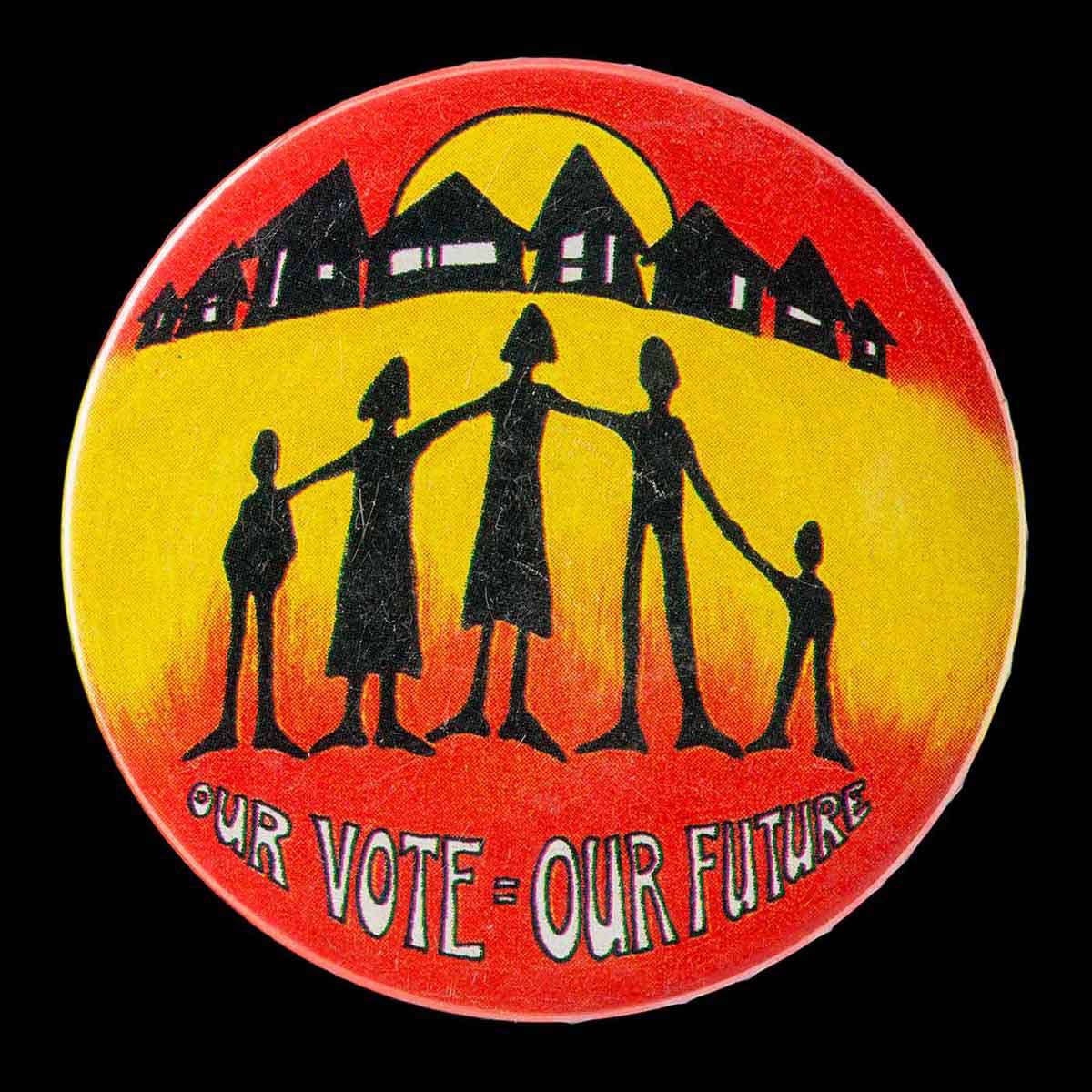
Voting rights for First Nations people enacted
The Commonwealth Electoral Act 1962 received assent on 21 May 1962.
It granted all First Nations people the option to enrol and vote in federal elections.
Enrolment was not compulsory for Aboriginal and Torres Strait Islander people, unlike other Australians. Once enrolled, however, voting was compulsory.
How the states and territories responded
Shortly after the federal government passed the 1962 Act, Western Australia and the Northern Territory granted Aboriginal people the right to vote.
Queensland established a committee to investigate ‘the promotion of the well-being of Aboriginal and Torres Strait Islanders in Queensland’. Towards the end of 1965 the Queensland parliament passed an Act to extend voting rights to all Aboriginal and Torres Strait Islander people.
Compulsory enrolment
It was not until 1984 that First Nations people gained full equality with other electors under the Commonwealth Electoral Amendment Act 1983. This Act made enrolling to vote at federal elections compulsory for all Australians.
In our collection
Explore Defining Moments
References
Australian Electoral Commission, ‘Electoral milestones for Indigenous Australians’, 2019
House of Representatives, Select Committee on Voting Rights of Aborigines, 1961 (PDF 5.6mb)
Faith Bandler and Len Fox, The Time Was Ripe: A History of the Aboriginal–Australian Fellowship (1956–69), Alternative Publishing Cooperative, Chippendale, NSW, 1983.
